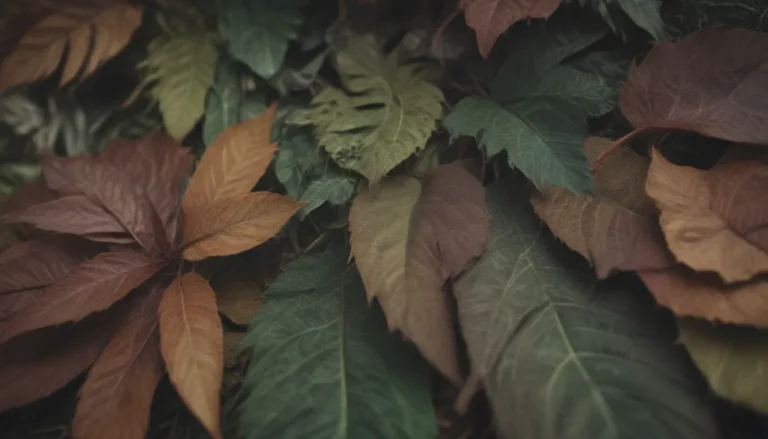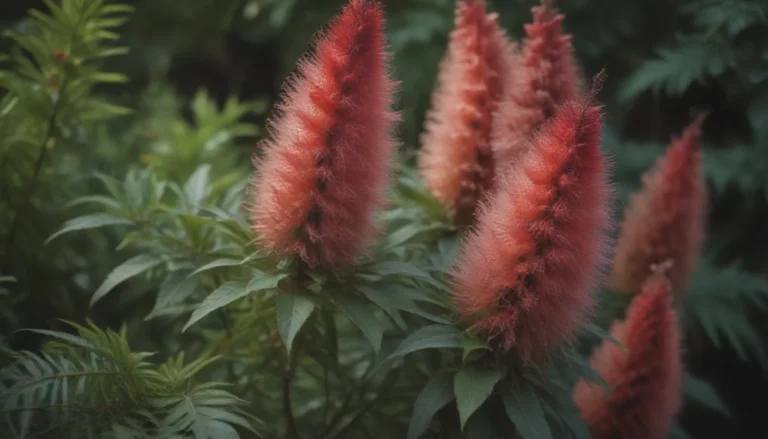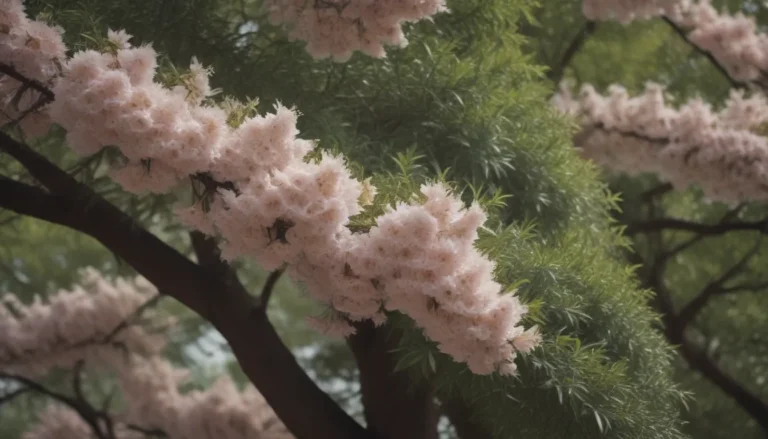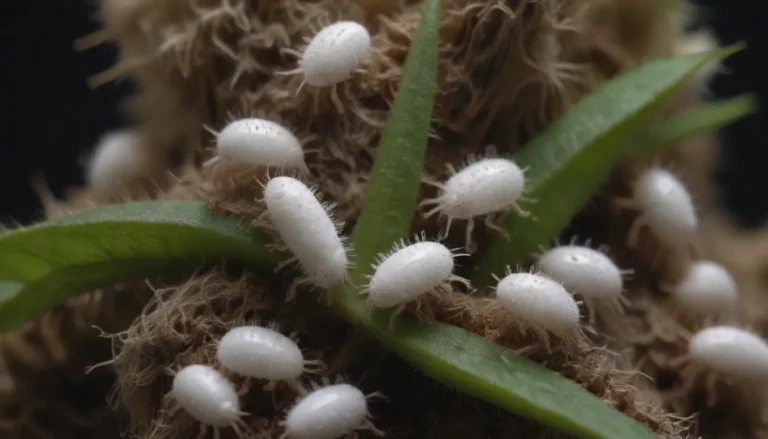Comprehensive Guide to Growing and Caring for American Sweetgum Trees

In the world of trees, the American sweetgum stands out for its unique characteristics and stunning appearance. From its star-shaped leaves to its spikey gumball fruits, this deciduous tree has a lot to offer to any landscape. If you’re considering adding an American sweetgum tree to your yard or simply want to learn more about caring for this beautiful species, you’ve come to the right place.
Getting to Know the American Sweetgum Tree
The American sweetgum tree, scientifically known as Liquidambar styraciflua, is a tall, deciduous tree that boasts glossy green leaves in the summer and a spectacular display of fall foliage. Its leaves often turn various shades of red, orange, yellow, and purplish in autumn, creating a vivid contrast against the backdrop of the changing seasons. One of the most distinctive features of the American sweetgum tree is its spikey gumball fruits, which resemble small, round balls and give the tree its common name.
Key Features of the American Sweetgum Tree:
- Star-shaped leaves with 5 to 7 lobes
- Corrugated bark, often referred to as “alligatorwood”
- Winged branches similar to winged euonymus or “burning bush”
- Fruits that come in clusters and turn dark brown in the fall
While some people appreciate the ornamental value of the sweetgum’s fruits, others find them to be a nuisance due to the mess they create when they fall. If you want to enjoy the beauty of the American sweetgum tree without dealing with the gumballs, consider planting the non-fruiting cultivar ‘Rotundiloba.’
Fun Fact:
DIY enthusiasts can utilize the gumballs from American sweetgum trees for various arts and crafts projects, including Christmas decorations, wreaths, potpourri, and dried floral arrangements. Get creative and repurpose these unique tree fruits in your next project!
American Sweetgum Care Tips
Proper care is essential for ensuring the health and longevity of your American sweetgum tree. Whether you’re planting a new tree or maintaining an existing one, here are some essential care tips to keep in mind:
Planting and Location:
- Plant American sweetgum trees in the spring for optimal growth.
- Choose a location with full sun exposure, as these trees do not tolerate shade well.
- Opt for well-drained loamy soil, avoiding alkaline soil which the tree does not prefer.
Maintenance:
- Remember to keep the soil evenly moist, especially during the tree’s establishment period.
- Avoid planting near sidewalks or patios, as the tree’s shallow root system may cause issues.
- Consider planting the tree away from high-traffic areas to prevent injuries from fallen gumballs.
Light, Water, and Soil Requirements:
- American sweetgum trees thrive in full sun and require deep, well-drained soil for optimal growth.
- Keep the soil evenly moist until the tree is established, typically within a few years.
- While tolerant of clayey soil, the tree prefers loamy soil and does not do well in alkaline conditions.
Fertilizing and Pruning:
- American sweetgum trees are not heavy feeders and only require fertilization every few years.
- Prune the tree after the blooming period in April or May, focusing on removing dead, diseased, or damaged branches.
- Avoid excessive pruning, as the tree generally does not require extensive maintenance.
Tip:
To prevent the tree from producing fruits and minimize the mess of fallen gumballs, consider contacting an arborist for tree sterilization treatments. This can help eliminate the need for frequent clean-up and maintenance.
Different Types of Sweetgum Trees
In addition to the common American sweetgum variety, the Liquidambar genus includes several other species and cultivars that offer unique characteristics and features. Some popular types of sweetgum trees include:
- Liquidambar formosana
- Liquidambar acalycina ‘Burgundy Flush’
- Liquidambar styraciflua ‘Slender Silhouette’
- Liquidambar styraciflua ‘Variegata’
- Liquidambar styraciflua ‘Gumball’
Each type of sweetgum tree has its own distinct qualities, making them suitable for a variety of landscaping and gardening purposes. Explore different varieties to find the perfect sweetgum tree for your outdoor space.
Propagating and Growing Sweetgum Trees
While American sweetgum trees are primarily propagated from seeds, it is possible to grow new plants from cuttings under the right conditions. If you’re interested in propagating your sweetgum tree, here are some tips for successful propagation:
Propagating from Seeds:
- Harvest gumballs from mature sweetgum trees after they turn brown and before they dry out completely.
- Extract the seeds from the gumballs and refrigerate them for 30 to 60 days to fulfill their chilling requirement.
- Plant the seeds outdoors after the danger of frost has passed for optimal germination and growth.
Overwintering:
- American sweetgum trees are cold-hardy up to zone 5 but may require protection in colder regions.
- Mulch around the tree’s roots to insulate them from severe winter cold and ensure the tree’s survival through the winter season.
Common Plant Diseases and Care:
- While American sweetgum trees are relatively pest-resistant, they can be susceptible to leaf spot diseases.
- Leaf spot and chlorosis are common issues that can affect the health of the tree, requiring proper diagnosis and treatment.
- Maintain a healthy growing environment and address any plant diseases promptly to keep your sweetgum tree thriving.
In Conclusion
American sweetgum trees are a stunning addition to any landscape, offering a unique blend of beauty and resilience. By following the care tips and guidelines outlined in this comprehensive guide, you can cultivate healthy and vibrant sweetgum trees in your own backyard. Whether you’re a novice gardener or a seasoned tree enthusiast, there’s always something new to learn and explore when it comes to the captivating world of trees.
Remember to enjoy the beauty of your American sweetgum tree throughout the seasons and appreciate the nature’s wonders it brings to your outdoor space. Happy gardening and may your sweetgum tree flourish and thrive for years to come!





